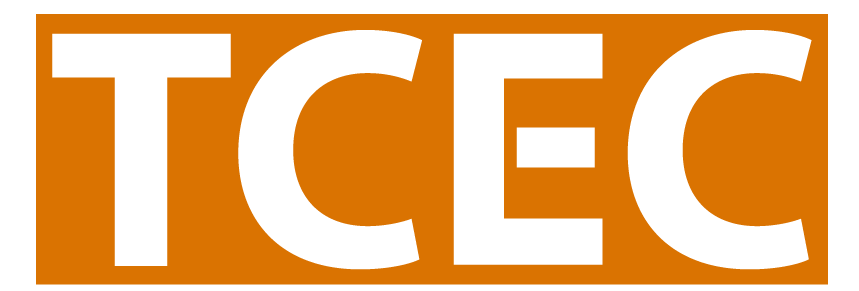
Get a Head Start with Data Collection Instruments
When you need to collect data, how do you know what’s important to ask? Do you brainstorm a list of questions? Or do you dust off an instrument your project has used in the past? If you wonder about that, the Tobacco Control Evaluation Center (TCEC) has an array of tools that can help!
Start with End-Use Strategizing and Instrument ESSENTIALS
After reviewing your workplan to identify the purpose and scope of your data collection activity, use TCEC’s End-use Strategizing tool to get a clear understanding of what you are trying to do. Then access our new collection of resources called Instrument ESSENTIALS to take the guesswork out of instrument development! These brief guides explain relevant terminology, point out what evaluation can tell you, and identify commonly used methods and measures for collecting data on more than a dozen different topics.
So, if you are pondering which questions might be important to ask in a tenant survey vs. a manager survey, the Instrument ESSENTIALS on evaluating multi-unit housing objectives has suggestions.
If you aren’t sure what data to collect from needs assessments, photovoice activities, or social media and website monitoring, the Instrument ESSENTIALS have got you covered.
If you’re looking for advice on how to assess trainings, test materials or instruments, or track participation in coalition activities, you now know where to find help— Instrument ESSENTIALS! We even have one on how to approach and work with new communities!
More ESSENTIALS are in the works— on demographic questions, Likert and other ordinal questions, and cessation objectives. So, stay tuned for the release of those resources in the coming months.
Check out what other projects used
Once you’ve got a good idea of the best way to collect your data, you can use TCEC’s searchable instrument database of over 200 surveys, observation forms, key informant or focus group guides, and other data collection tools which you can download or adapt to suit your needs and audience. Each instrument has been reviewed by TCEC for quality and relevance.
Our recently overhauled database allows you to refine your searches by a variety of different variables. The most common search choices are by instrument type and/or by topic (and subtopics). You can refine the search further by specifying instrument parameters (e.g., post-intervention instruments only), information source (e.g., owner/manager or tenant), priority population, and translation into another language. Keep in mind that most of these instruments come from other tobacco control projects and few have been adapted or translated specifically for a particular population.
Search Tips
The more search variables you use, the narrower your search results will be. If your search choices produce few results, try clearing the search and just select the instrument topic. Often, you can find relevant questions you can adapt from a different instrument type ¾ e.g., reword a survey question into an open-ended interview question.
Be sure to check out the Resource documents and Question Banks that may show up in your search results. Question Banks contain lists of open-ended questions on a topic that you could draw from. Resources are useful evaluation-related documents from regional, statewide or external organizations that provide in-depth explanation of how to collect data (e.g., during Photovoice projects, with LGBTQ populations, for After Action Reviews). So, these can be really helpful as well.
Currently, not every topic has related Question Banks or Resources in the database, but we’ll continue to add relevant materials as we discover them. If you have suggestions, please send them to rakipke@ucdavis.edu with the subject header: suggested RESOURCE for instrument database.
So, you see, there is no need to start from scratch when a data collection activity is on the horizon. By following three steps, you’ll have a head start:
- Look at your work plan to determine the purpose of the activity and work through the End-use Strategizing tool to determine which pieces of data you need to collect.
- Review the relevant Instrument ESSENTIAL to make sure you aim to capture what’s important for that objective or activity.
- Search the Instrument Database to look for other surveys to use, adapt or borrow questions from.
Hopefully, this will result in more effective instruments that will inform your program activities
